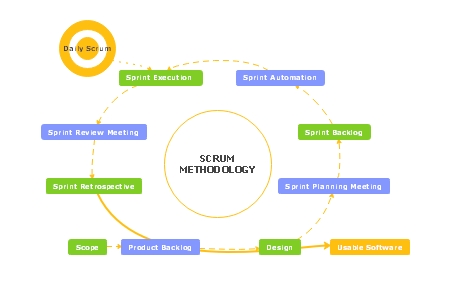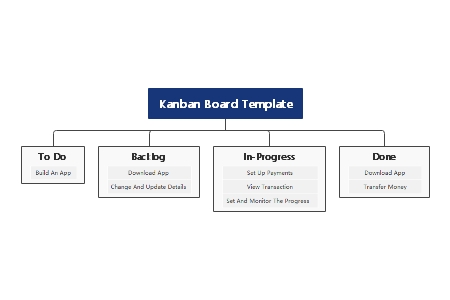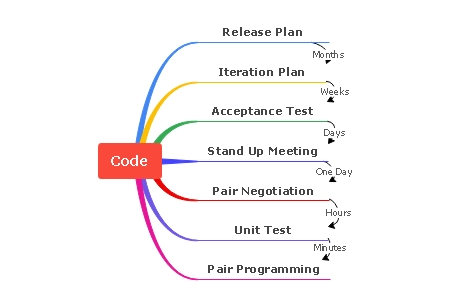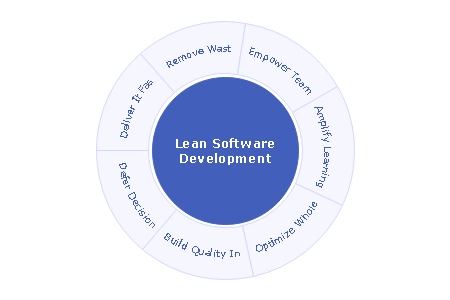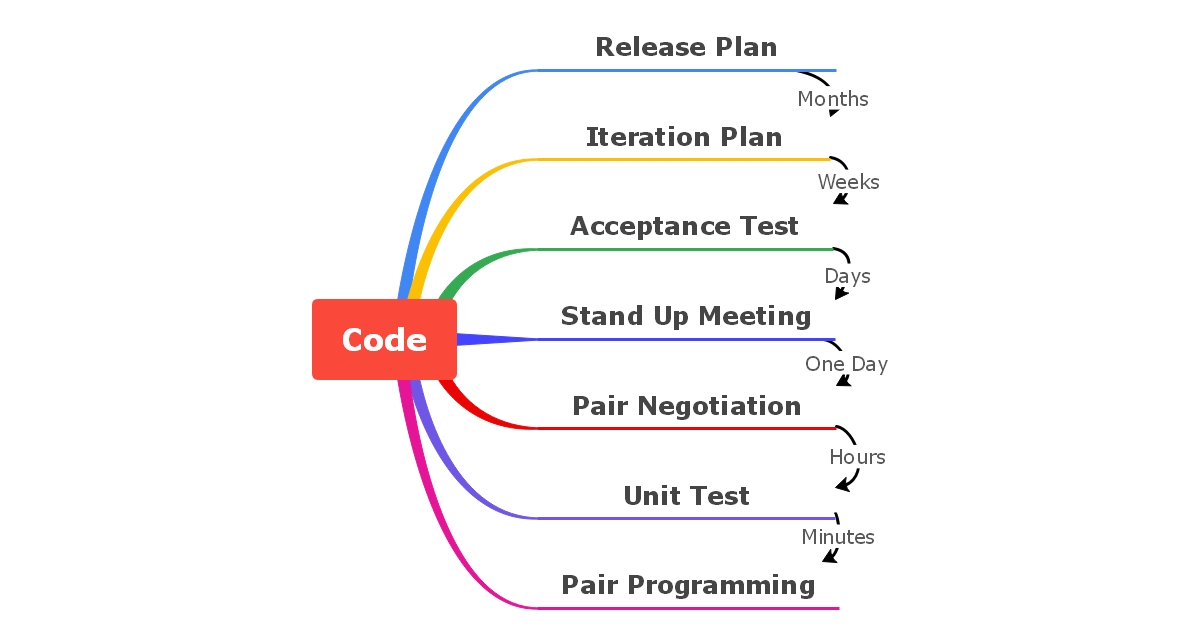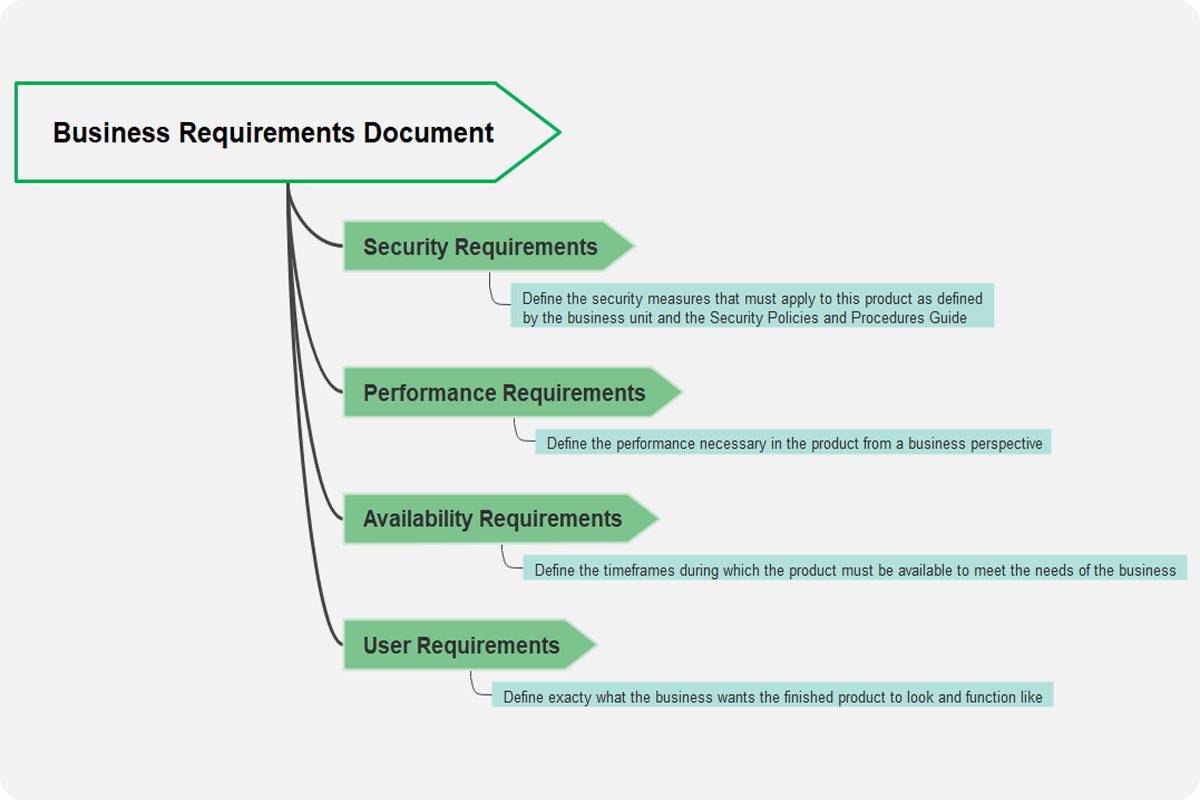About the Agile Methodology Template
If you're a project manager, software engineer, or simply interested in learning about the latest software development trends, you've probably heard of 'agile methodology.' But what is agile methodology exactly? And more importantly, how can it help your team deliver better quality software products on time and under budget? Read on for an in-depth overview of agile methodology and its benefits.
What Is Agile Methodology?
The Agile methodology is a project management approach based on incremental and iterative development. With Agile, projects are broken down into small increments that allow early feedback and collaboration with stakeholders. It can help to ensure that the project stays on track.
The agile methodologies are mainly used to manage software development tasks and projects with complex or uncertain requirements.
What Is The Agile Manifesto?
The Agile Manifesto is a declaration created in 2001 by a group of software developers. The manifesto lays out the values and principles of the agile methodology.
The key values outlined in the manifesto include:
- Individuals And Interactions Over Processes And Tools
- Working Software Over Comprehensive Documentation
- Customer Collaboration Over Contract Negotiation
- Responding To Change By Following A Plan
The core principles include:
- Satisfaction of customers through continuous software delivery.
- Accommodate changing requirements throughout the development process.
- Frequent delivery of working software.
- Collaboration between the business stakeholders and developers throughout the project.
- Support, trust, and motivate the people involved.
- Enable face-to-face interactions.
- Agile processes to support a consistent development pace.
- Working software is the primary measure of progress.
- Attention to technical detail and design enhances agility.
- Self-organizing teams encourage great architectures, requirements, and designs.
- Simplicity.
- Regular reflections on how to become more effective.
Difference Between The Waterfall And Agile Project Management
Agile methodology is different from waterfall in several vital ways.
- First, agile teams work in sprints rather than complete all project phases at once.
- Second, agile teams work closely together and rely on collaboration to complete sprints effectively.
- Third, agile teams focus on delivering working solutions rather than comprehensive documentation.
Benefits of Agile Methodology
Some of the key perks of the agile project management practices include:
- Faster Development Process
With agile practices, development is broken down into smaller pieces called sprints. This approach helps speed up the development process and get products and services to market faster than traditional project management methodologies. - Increased Customer Satisfaction
Because agile methodology emphasizes collaboration between developers and customers, there is a more incredible opportunity for customer feedback and input during the development process. As a result, customers are often more satisfied with the final product or service. - Values Employees
Agile methodology values the expertise and knowledge of employees. This approach relies on employees working together to complete development sprints. As a result, employees often feel more valued and engaged in the development process. - Improved Communications
The iterative approach of agile project management methodologies encourages close communication and collaboration between development team members and stakeholders. This helps ensure that everyone is on the same page and that any potential problems can be quickly identified and resolved.
Overall, the agile methodology provides several benefits for both developers and stakeholders. It is an effective way to manage complex projects, fostering communication and collaboration while delivering value early and often.

